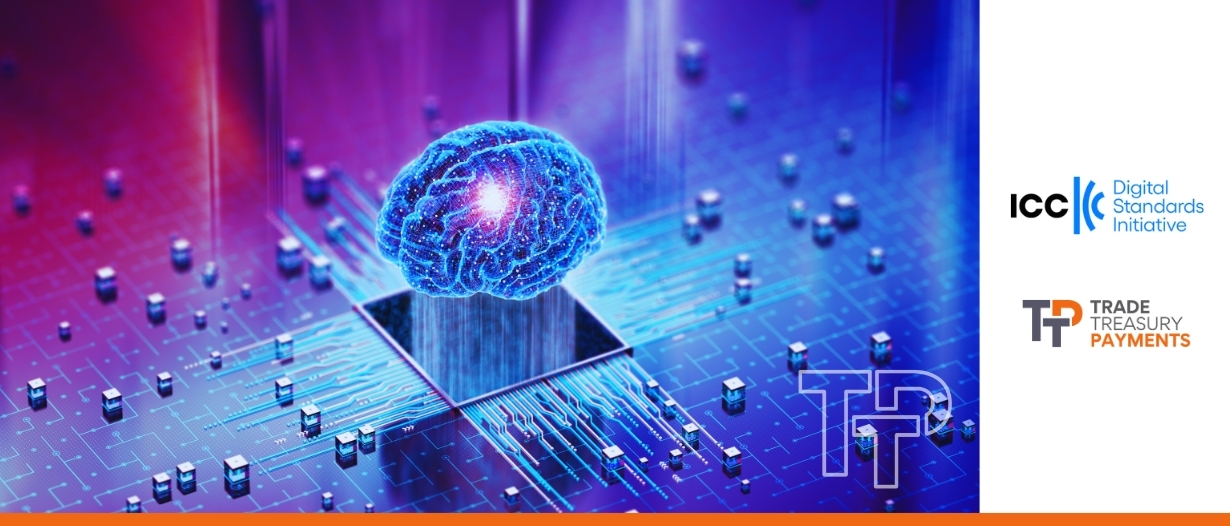Follow the bumpy road: Why the push for interoperability and data standards?
Carter Hoffman
Jun 17, 2025
 Carter Hoffman
Jun 17, 2025
Carter Hoffman
Jun 17, 2025

In discussing how to transition from today’s paper-reliant reality to a digitally native future, participants explored the role of technology, particularly stop-gap solutions that can bridge the paper-to-digital divide.
Artificial intelligence (AI) and optical character recognition (OCR) technologies received special attention. Banks and fintech providers at the roundtable described how they are deploying AI-powered OCR to automate the ingestion of trade documents that still arrive as paper or PDF scans.
For example, one major bank recently implemented an AI platform to extract data from a range of trade documents using machine learning and NLP (natural language processing), combined with OCR to turn scanned images into machine-readable text. This allows for automated data capture and even preliminary compliance checks (such as screening for sanctions or trade-based money laundering risks) that were previously done manually.
Such technologies are proving useful in streamlining workflows. In fact, the bank reported completing some trade finance processes entirely digitally by leveraging electronic documents and AI tools for the first time in its market. Yet, despite these advances, the consensus was that OCR and AI are essentially interim solutions rather than the endgame.
By definition, OCR is a workaround. It digitises information after it has been printed or formatted for humans, which is inherently less efficient than having structured digital data from the start. Current OCR accuracy rates tend to be in the range of 70–80% at best, meaning a significant error rate that necessitates human review and correction. For unstructured documents or those without a standard format, accuracy can drop further. In other words, OCR is not foolproof, and companies cannot fully eliminate manual oversight when using these tools.
As one document digitalisation expert said, “OCR is automating our ability to fix the problems created by paper, rather than eliminating the paper itself.” The roundtable agreed that as trade documentation becomes more standardised and natively digital, the reliance on OCR will diminish. In fact, industry research bluntly notes that as the shift away from physical documents accelerates, OCR will eventually render itself obsolete. It remains extremely useful in the interim as a transitional technology, but ultimately, the goal is to phase it out.
The role of more advanced AI also sparked discussion. Beyond OCR, emerging AI techniques (including machine learning models and even generative AI) could help with tasks like document discrepancy checking, data validation across documents, and providing decision support in trade finance.
Some attendees described pilots where AI tools cross-verify data (for example, ensuring an invoice amount matches the linked purchase order and transport documents) to flag inconsistencies in real time.
This kind of AI-driven automation can further reduce the need for tedious manual reviews, freeing up trade operations staff for higher-level problem-solving.
However, participants also cautioned that AI is no panacea. Its effectiveness depends heavily on having quality data, and uncertainty about fulfilling compliance with AI. There was consensus that technology will continue to augment human capabilities in the near term rather than replace them.
In summary, AI and OCR are playing an important supporting role in trade digitisation’s current phase, helping to bridge gaps and boost efficiency while paper-based processes persist. But the collective aspiration – voiced repeatedly during the roundtable – is to reach a point where trade data is born digital, shared instantly, and securely between parties without the need for workarounds.
Achieving that vision circles back to solving the foundational issues of standards and legal acceptance discussed earlier.
Read the full magazine here.

Carter Hoffman
Jun 17, 2025

Carter Hoffman
Jun 17, 2025
Trade Treasury Payments is the trading name of Trade & Transaction Finance Media Services Ltd (company number: 16228111), incorporated in England and Wales, at 34-35 Clarges St, London W1J 7EJ. TTP is registered as a Data Controller under the ICO: ZB882947. VAT Number: 485 4500 78.
© 2025 Trade Treasury Payments. All Rights Reserved.